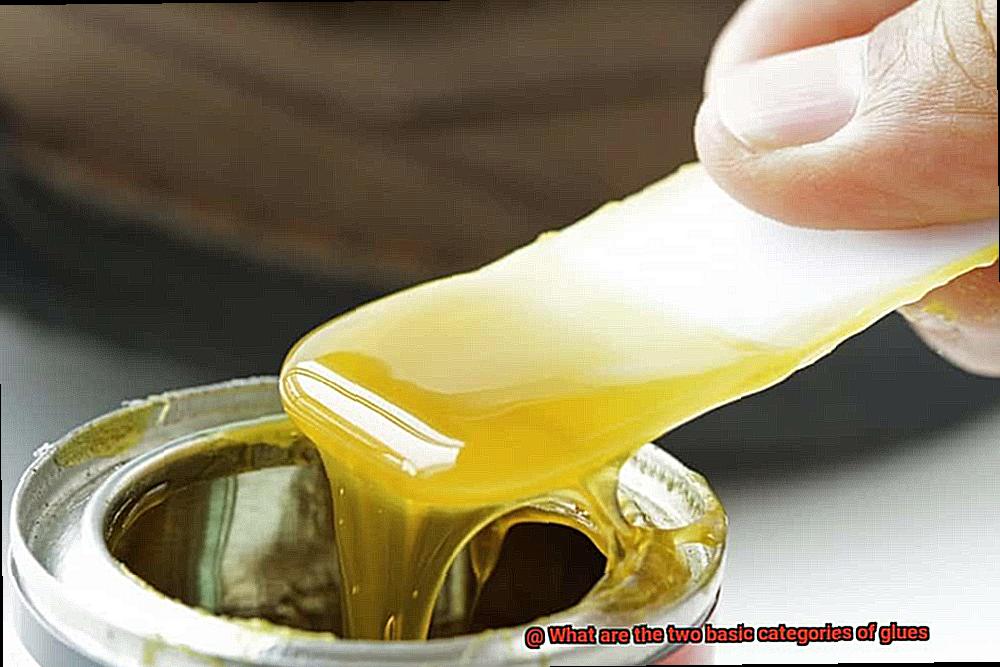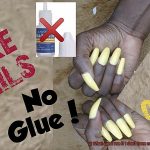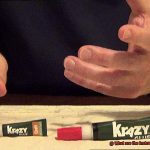Title: Keeping Dried Flowers Fabulously Intact: Secrets to Preserve Their Timeless Beauty
Introduction:
Contents
Step into a world of enchantment where delicate petals whisper stories of love and beauty. Dried flowers possess an irresistible allure that effortlessly transforms any space into a sanctuary of elegance. Yet, the nagging fear lingers—will they crumble into oblivion? Fret not, fellow flower enthusiasts. Armed with the right care and a sprinkle of wisdom, you can ensure your dried blossoms stay intact for years to come.
In this blog post, we’ll embark on a journey through the art of preserving dried flowers. Together, we’ll unravel simple yet effective steps that will safeguard the eternal charm of your cherished blooms. Whether you’re a seasoned florist or simply someone who adores sentimental gifts, these techniques will empower you to keep your prized dried arrangements looking as fresh and vibrant as ever. So, let’s roll up our sleeves and immerse ourselves in the wondrous realm of preserving dried flowers.
What is a Sealant or Fixative Spray?
Dried flowers possess an everlasting allure, adding a touch of natural beauty to any setting. Yet, without proper preservation, these delicate blossoms can quickly crumble away. Enter the hero of the hour: sealant and fixative sprays.
These protective coatings act as a shield, preserving the structure and extending the lifespan of dried flowers. In this blog post, we will delve into the features, advantages, and applications of sealant and fixative sprays, ensuring your dried flower arrangements remain intact and breathtaking for years to come.
The Purpose of Sealant and Fixative Sprays:
- Protecting dried flowers: Sealant sprays create a moisture-locking barrier that maintains the shape and texture of flowers.
- Strengthening delicate petals and leaves: The spray fortifies fragile dried flowers, rendering them more resilient against damage.
Types of Sealant Sprays:
- Clear acrylic-based sprays: Quick-drying, non-yellowing, transparent protective layer.
- Hairsprays: Alcohol-free polymers in hairsprays can help hold dried flowers together, but beware of color fading.
- Mod Podge: A versatile adhesive and sealant that strengthens dried flowers while safeguarding them from harm.
Application Techniques:
- Proper distance: Hold the spray can about 12 inches away from the flowers during application.
- Even coverage: Mist the flowers evenly with a sweeping motion, covering all sides, including undersides.
- Avoid oversaturation: Excessive spray can lead to discoloration or mold growth.
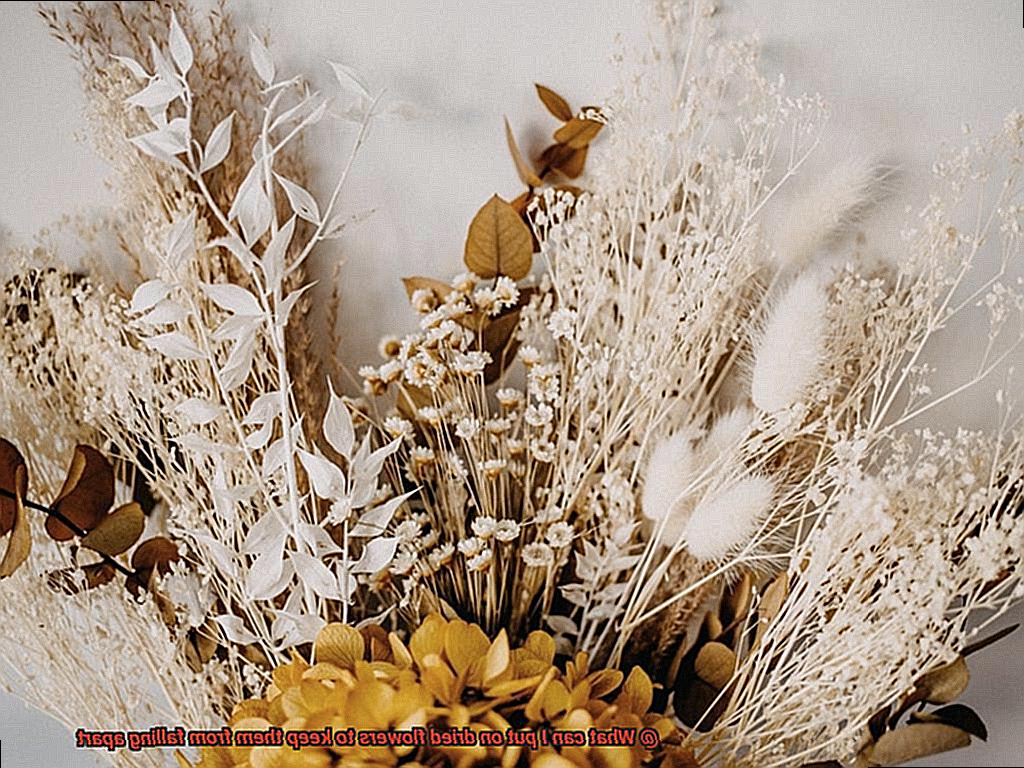
Benefits of Using Sealant Sprays:
- Extended lifespan: Sealant sprays preserve the structure of dried flowers, preventing crumbling or loss of shape over time.
- Versatility: Sprays can be used on various plant materials, including leaves, grasses, and seed pods, enhancing the durability and longevity of floral arrangements.
Using Clear Acrylic Spray
Clear acrylic spray is a versatile tool that can be used to enhance the durability and appearance of various materials. Whether you want to protect artwork, crafts, or DIY projects, clear acrylic spray provides a protective seal that guards against damage and adds a glossy finish.
In this guide, we will explore the effective and safe use of clear acrylic spray, covering surface compatibility, application steps, safety considerations, and tips for optimal results.
Surface Compatibility:
Clear acrylic spray can be applied to a wide range of surfaces including wood, metal, plastic, fabric, paper, and more. Before applying the spray, ensure that the surface is clean, dry, and free from any oils or contaminants that may interfere with adhesion. It is also important to test the spray on a small inconspicuous area to ensure compatibility and desired results.
Application Steps:
- Shake the can vigorously for at least one minute to ensure proper mixing of the acrylic formula.
- Hold the can about 8-12 inches away from the surface to be sprayed.
- Apply an even coat using a sweeping motion, making sure to cover all angles and edges.
- For optimal coverage and durability, apply multiple thin coats rather than one thick coat.
- Allow each coat to dry completely before applying the next coat.
Safety Considerations:
- Use clear acrylic spray in a well-ventilated area or outdoors to avoid inhaling fumes.
- Wear protective gloves and a mask to minimize skin contact and inhalation of particles.
- Ensure that there are no open flames or sources of ignition nearby during application.
- Avoid spraying near food or drink items to prevent contamination.
- Follow the manufacturer’s instructions for proper disposal of empty cans.
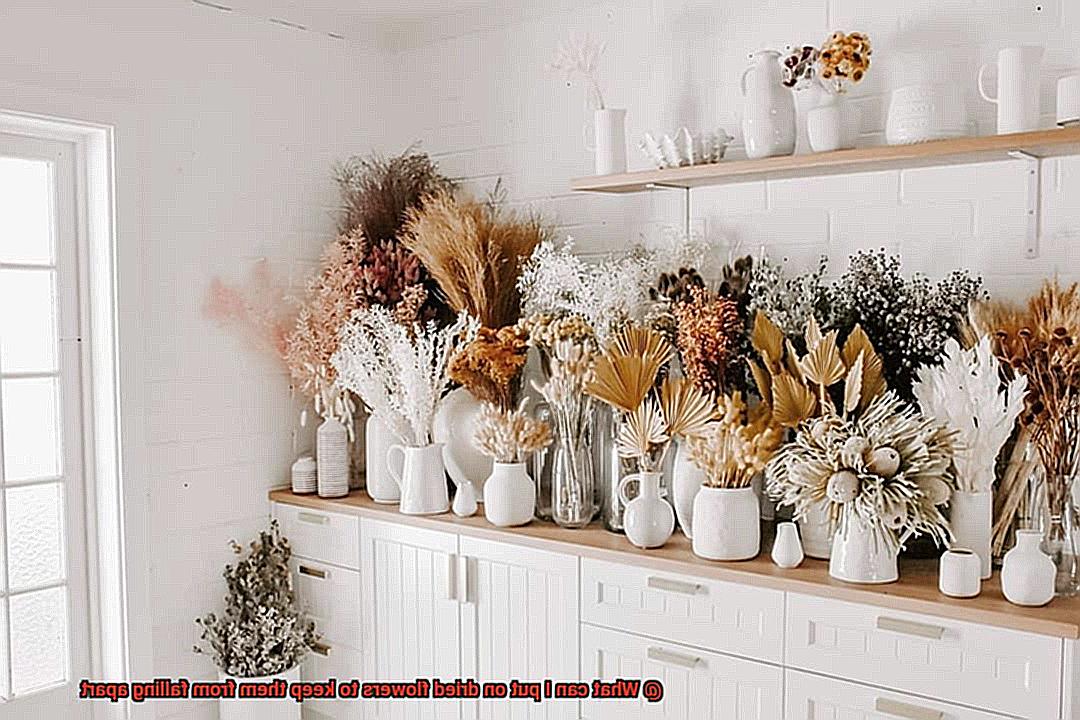
Tips for Optimal Results:
- Temperature and humidity can affect the drying time and finish of the spray. Aim for a temperature between 50-90°F (10-32°C) and humidity below 85% for best results.
- Apply the spray in thin, even coats to avoid drips, runs, or a cloudy finish.
- If desired, lightly sand the surface between coats with fine-grit sandpaper to promote adhesion and create a smoother finish.
- Consider using a primer before applying clear acrylic spray to enhance adhesion and durability, especially on porous surfaces.
- Store the can upright in a cool, dry place to prolong its shelf life and maintain the quality of the spray.
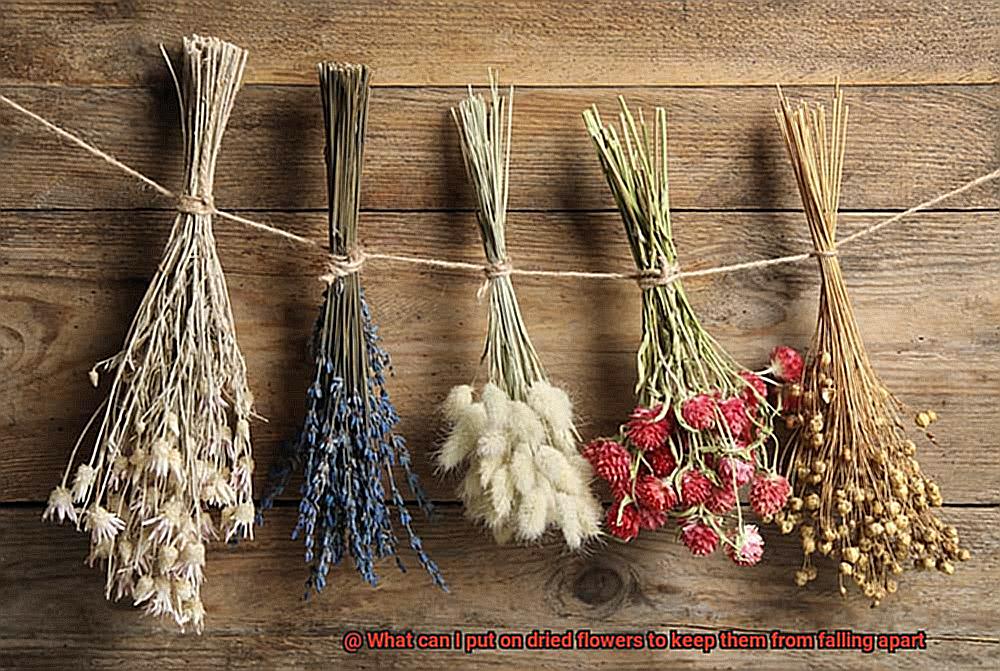
Using Hairspray as a Sealant
Preserving the delicate beauty of dried flowers can be a challenging task. Over time, these fragile blooms can crumble and lose their shape, leaving you with a wilted and lifeless display. But what if I told you there was a simple and unconventional solution? Yes, hairspray. Believe it or not, using hairspray as a sealant for dried flowers can work wonders.
So why is hairspray such a great option for preserving these delicate blooms? The secret lies in its unique properties. Hairspray contains polymers that create a protective coating when applied to the flowers. This coating acts as a shield against crumbling and helps to maintain the flowers’ shape. In addition, the alcohol content in hairspray acts as a drying agent, speeding up the drying process of the flowers and reducing the risk of mold or decay. It’s like a one-two punch for preservation.
But before you start spraying away, here are some tips to ensure successful preservation. First and foremost, choose a high-quality hairspray with a strong hold and no oils or moisturizing agents. These additives can cause stickiness or discoloration over time. Opt for a hairspray with a low alcohol content, as high-alcohol sprays may be too harsh on delicate petals.
When it comes to application, hold the can about 12 inches away from the dried flowers and spray evenly over the entire surface. Make sure to cover all angles and corners for complete coverage. And here’s an insider tip: let the hairspray dry completely before handling the preserved flowers to avoid any smudging or damage.
Now, while hairspray does wonders for preserving the shape and structure of dried flowers, it does have limitations. It won’t protect against fading or discoloration caused by sunlight or humidity. And using too much hairspray can actually make the flowers stiff and brittle over time. So keep these factors in mind when using hairspray as a sealant.
Advantages of Using Mod Podge
Preserving dried flowers can be a delicate and challenging task, but Mod Podge offers a versatile solution that not only holds the petals and stems together but also adds a stunning finish. In this article, we will explore the numerous advantages of using Mod Podge for preserving dried flowers, making it a go-to choice for crafters.
Versatility:
Mod Podge’s versatility is one of its biggest advantages. It can be used for a wide range of crafting projects, making it an ideal choice for preserving dried flowers. Whether you want to create breathtaking floral arrangements or unique home decor pieces, Mod Podge has got you covered.
Strong Adhesive Properties:
Preserving dried flowers requires a strong bond, and Mod Podge delivers just that. Its adhesive properties create a secure hold, preventing the petals and stems from falling apart. With Mod Podge, you can enjoy long-lasting preserved flowers that won’t crumble.
Glossy or Matte Finish:
Mod Podge offers different finishes, allowing you to choose between a glossy or matte look for your preserved flowers. The glossy finish adds a dazzling shine, enhancing the vibrancy of the flowers. On the other hand, the matte finish provides a more natural and subtle appearance.
Protection against Dust and Moisture:
Using Mod Podge on dried flowers creates a protective barrier that shields them from dust and moisture. This protection ensures that your preserved flowers remain in pristine condition, free from damage or deterioration over time.
Easy Application and Clear Drying:
Mod Podge is incredibly easy to apply and dries clear, making it perfect for preserving the natural beauty of dried flowers. Simply brush a thin layer onto the surface of the flowers, and watch as it securely holds the petals and stems together without leaving any visible residue.
Non-Toxic and Water-Based:
Crafters can have peace of mind knowing that Mod Podge is non-toxic and water-based. This means it is safe to use for various crafting projects, without posing any harm to your health or the environment.
Long-Lasting Durability:
Once applied, Mod Podge creates a strong bond that ensures the durability of your preserved flowers. You can enjoy their beauty for years to come without worrying about them falling apart or losing their charm.
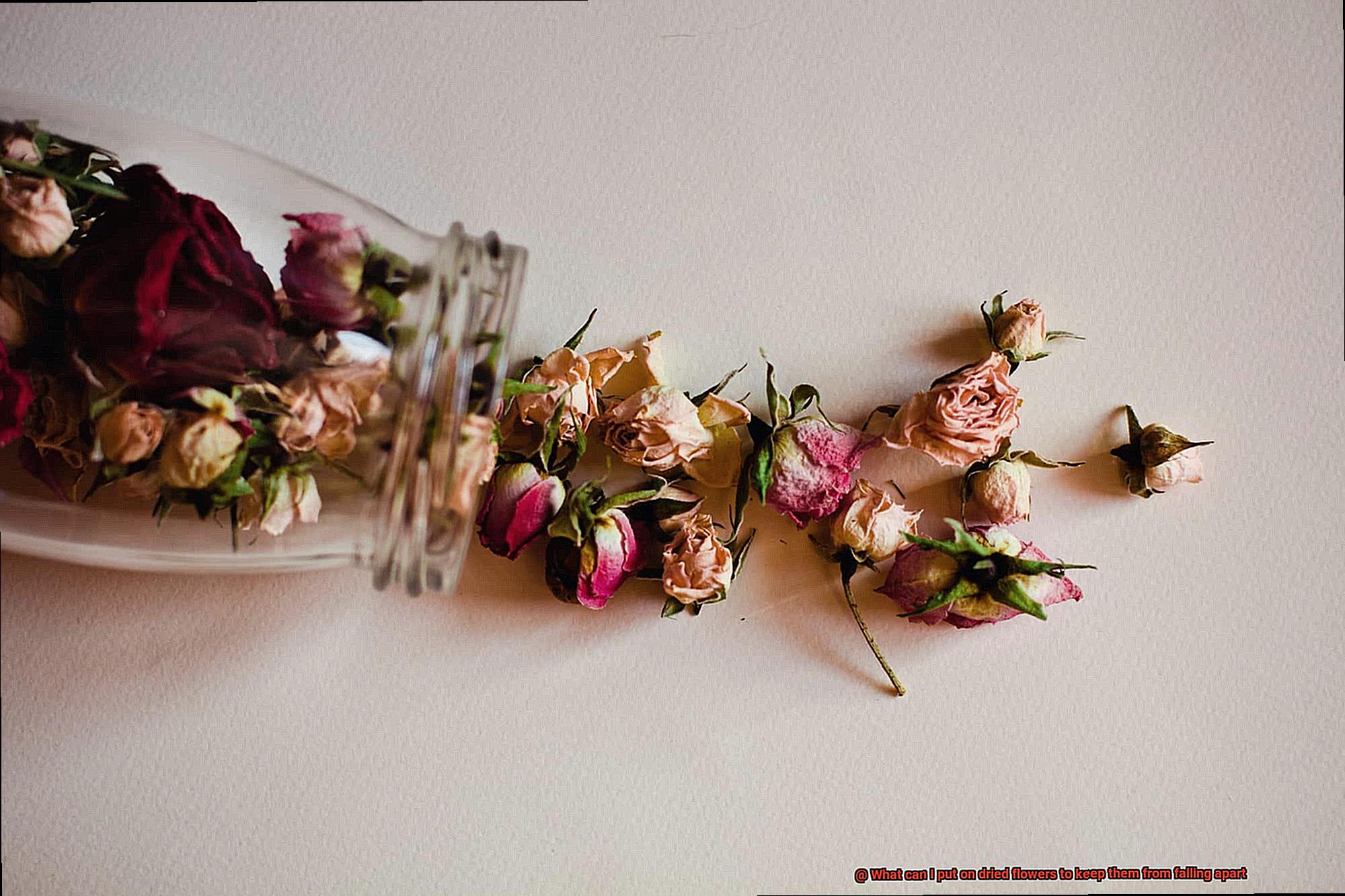
Affordable and Accessible:
Mod Podge is readily available in most craft stores and online retailers, making it easily accessible for crafters of all levels. Its affordability makes it a cost-effective option for preserving dried flowers without breaking the bank.
Dipping the Flowers in Wax
Preserving flowers is like capturing a fleeting moment of nature’s beauty and preserving it for eternity. But as we all know, flowers, like the seasons, have their time and eventually fade away. However, there exists a magical technique that allows us to extend the lifespan of these delicate blooms – dipping them in wax.
Why would anyone want to dip flowers in wax, you may ask? Well, my fellow flower enthusiasts, let me enlighten you on the wonders of this popular method among crafters and DIY enthusiasts alike.
First and foremost, dipping dried flowers in wax acts as a shield against the ravages of time. The wax creates a protective barrier around the petals, preserving their delicate beauty and preventing them from crumbling into dust. This means that your cherished bouquet can stay intact for much longer, allowing you to revel in its splendor day after day.
Now, let’s dive into the process of dipping flowers in wax. Prepare yourself with some beeswax or paraffin wax – the champions of this technique – and melt them using a double boiler or microwave. Once the wax reaches its molten glory, it’s time to embark on the artistic journey of dipping.
Hold the flower delicately by its stem or employ the aid of tweezers to grasp it firmly, ensuring that no wax dares touch your fingertips. Then, immerse the flower into the melted wax, making sure that every petal is enveloped in its protective embrace. Allow any excess wax to gracefully drip off before placing the flowers on a surface lined with wax paper to cool and harden.
The result? A marvelously preserved flower that defies time itself. These dipped beauties can be unleashed upon an array of crafts and decorations, from floral arrangements that breathe life into any room to wreaths that welcome guests with their everlasting elegance. Let your imagination run wild.
However, it’s crucial to note that dipping flowers in wax may bestow upon them a subtle transformation. A glossy or waxy finish may grace their appearance, adding an enchanting touch to your creations. Embrace this ethereal metamorphosis and let your creativity soar to new heights.
Preserving with Glycerin
Look no further. Preserving dried flowers with glycerin is a magical technique that allows you to enjoy their vibrant colors and delicate petals long after they’ve been plucked. In this article, we will guide you through the process of preserving dried flowers with glycerin, ensuring that your blooms remain forever fresh and captivating.
Choosing the Right Flowers:
Before delving into the preservation process, it’s vital to select flowers that are in prime condition and have fully dried. Wilted or damaged flowers may not withstand the preservation process.
Additionally, different types of flowers may react uniquely to glycerin. So, if you’re feeling adventurous, conduct a small-scale experiment to determine which flowers yield the best results.
Mixing the Solution:
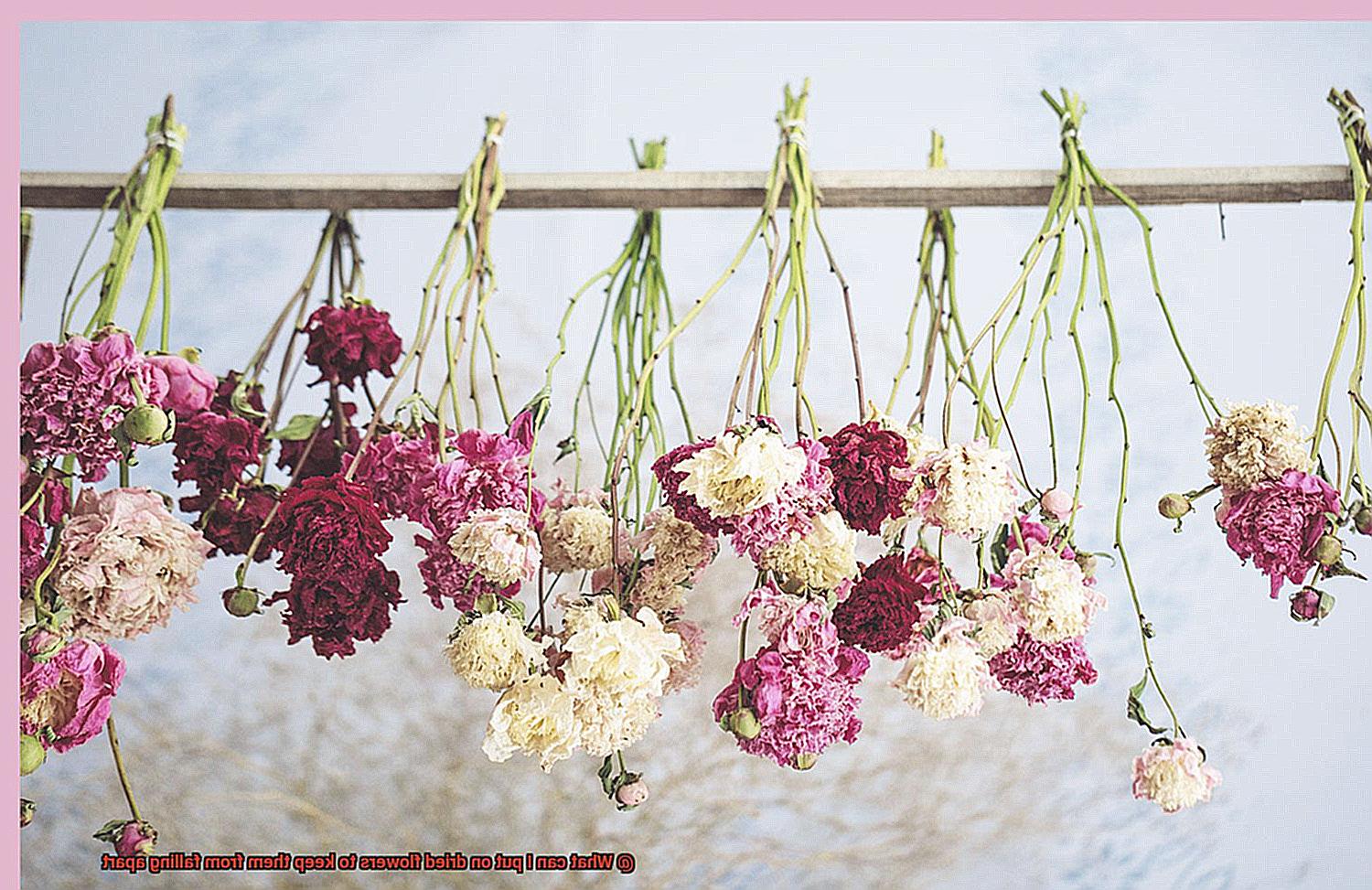
To create the ultimate preservation potion, combine one part glycerin with two parts water. This concoction ensures optimal absorption without oversaturating the flowers. Find a container large enough to fully submerge your flowers, allowing the stems and half of the flower heads to be covered by the solution.
Dunk and Wait:
Once your solution is prepared, gently trim the stems of your dried flowers at an angle to enhance their absorption capabilities. Immerse the flowers in the container, ensuring they are completely submerged.
If needed, use weights or other objects to keep them in place, like a submerged treasure waiting to be discovered.
Patience is Key:
Now comes the challenging part – waiting. Preserving flowers with glycerin requires several weeks of patience. During this time, regularly check on your precious blooms to determine if they’ve absorbed enough glycerin.
A gentle squeeze test will reveal if they feel supple and pliable – signs that they have imbibed sufficient glycerin and are ready to be preserved for eternity.
Finishing Touches:
Once your flowers have absorbed the glycerin goodness, remove them from the solution and delicately pat them dry with a paper towel. Treat them with care, as they may still be fragile. Now comes the moment to showcase your preserved flowers in any desired arrangement – a stunning vase display, a captivating centerpiece, or a breathtaking decoration for special occasions.
Other Preservation Techniques Available
Preserving dried flowers is a fascinating way to extend the lifespan of your blooms and create everlasting treasures. In addition to the enchanting glycerin method we discussed earlier, there are several other preservation techniques available that can help you achieve this.
One popular method is using silica gel, a desiccant that absorbs moisture from the flowers and prevents decay. To use silica gel, simply place your dried flowers in an airtight container with a layer of gel at the bottom and cover them completely with more gel. Let the container sit undisturbed for one to two weeks, allowing the gel to work its magic. Afterward, carefully remove the flowers and brush off any excess powder.
Another technique involves using hairspray as a sealant. Yes, hairspray. This quick and easy method creates a protective barrier that helps prevent crumbling and fading. Just hold a can of hairspray about 12 inches away from your dried flowers and give them a light, even coat. Make sure to spray from different angles for full coverage and let it dry completely before handling or displaying.
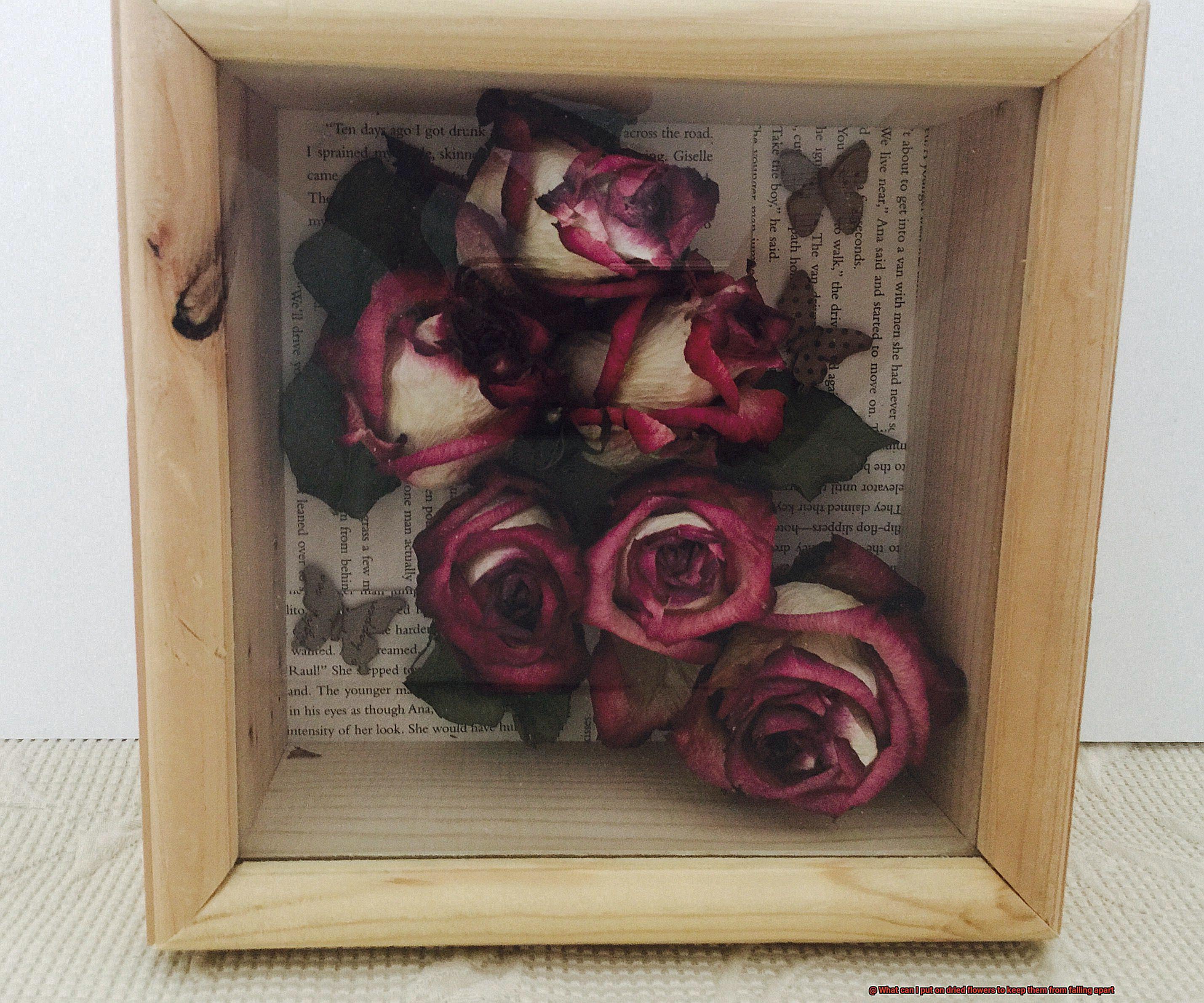
Epoxy resin and wax are alternative methods that people have experimented with. These techniques involve coating the flowers with a protective layer that helps maintain their shape and prevent decay. However, they require specialized materials and expertise.
While these preservation techniques can help extend the lifespan of dried flowers, it’s important to note that over time, they may still decay or fade. To ensure their longevity, keep preserved flowers away from direct sunlight, excessive heat, and high humidity.
When choosing a preservation method for your dried flowers, consider their specific needs and characteristics. Some flowers may respond better to certain techniques than others. If you’re unsure, do some research or consult with a florist or dried flower preservation expert for guidance.
The Lifespan of Preserved Flowers
Preserved flowers are a captivating way to hold onto the beauty of nature for an extended period. These real flowers undergo a special preservation process that removes their natural moisture and replaces it with a glycerin-based solution or silica gel. This process helps them maintain their shape, color, and texture, making them look fresh and vibrant even after months or even years.
The lifespan of preserved flowers can vary depending on several factors. Let’s dive into some key aspects that affect their longevity.
- Type of Flower: Different flowers have different life spans, even when preserved. Some flowers naturally last longer than others, so it’s essential to choose flowers that are known for their durability when selecting preserved arrangements. Roses, carnations, and orchids are examples of flowers that can withstand the preservation process and maintain their beauty for an extended period.
- Preservation Method: The method used to preserve the flowers also plays a significant role in their lifespan. Whether it’s glycerin-based solution or silica gel, each technique has its own unique effects on the flowers’ longevity. Glycerin-based preservation is known for producing pliable, soft flowers with a natural feel, while silica gel preservation results in more rigid flowers with preserved petals.
- Care and Maintenance: Proper care is crucial in extending the lifespan of preserved flowers. Here are some tips to keep in mind:
- Keep them away from direct sunlight: Sunlight can cause the colors to fade and deteriorate the flowers more quickly.
- Avoid excessive heat and humidity: High temperatures and humidity levels can also shorten the lifespan of preserved flowers.
- Dusting and cleaning: Regularly dusting off or gently cleaning the flowers with a soft brush can help remove any accumulated dirt or debris.
- No water exposure: Preserved flowers should never be exposed to water or any liquid as it can cause them to rehydrate and eventually decay.
It’s worth noting that some preserved flower arrangements may come with specific care instructions. Following these guidelines is highly recommended to ensure optimal preservation.
If you start noticing signs of deterioration, such as discoloration or wilting, it may be time to consider replacing the preserved flowers. They may have reached the end of their lifespan, and it’s time to embrace new blooms.
bDhmcrbMjQE” >
Conclusion
Preserving dried flowers can be a delicate task.
To keep them from crumbling into an unrecognizable mess, you need to take some precautions. One effective method is to use a clear spray sealant.
This protective coating will help maintain the shape and structure of your dried flowers, preventing them from falling apart. Another option is to apply a thin layer of hairspray onto the petals and leaves.
The sticky nature of hairspray acts as a natural adhesive, holding the fragile components together. Additionally, you can try using glycerin to preserve your dried flowers.
Lastly, consider displaying your dried flowers in a shadow box or under glass to provide an extra layer of protection against damage.

